Winter carp fishing offers a unique experience and a chance to enjoy some quiet time on the bank. With the right approach and preparations, you can make the most of this serene season.
Winter Carp Fishing – Preparation
Choose Your Venue Wisely
Picking the right fishing location is crucial during winter carp fishing. Large, exposed gravel pits with sparse carp populations can make successful fishing almost impossible. Opt for well-stocked venues with a track record of good winter fishing. Shallow lakes are preferable in the winter, as they warm up more quickly under the winter sun, enticing the fish to feed.
If you are considering a fishing holiday in France, target the lakes which are further south. The weather is a few degrees warmer and it really does make a huge difference. For example, typically in December when fish in the lakes in the UK or northern France start to become less active the water temperature descends, carp in south west France around the Limoges region can still be fishing well.
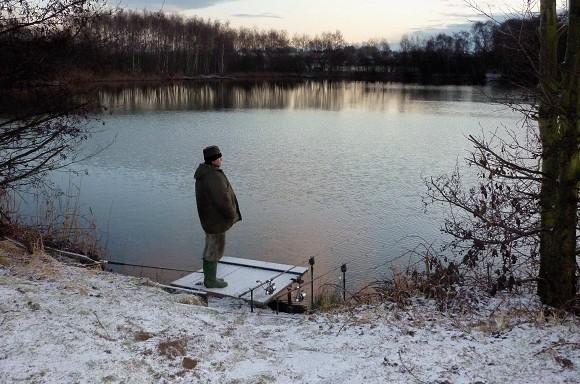
Search for Signs of Activity
Carp location is paramount in the winter months. Look for signs of fish activity to determine where carp are spending their time. If there are no obvious signs initially, choose a swim that offers a clear view of the entire lake. In the winter, carp tend to shoal up, so if you spot one, there are likely more in the vicinity. Position your bivvy or sit at the front of your swim to observe the lake. Once a carp reveals its location, move accordingly.
Stay Mobile
Until you pinpoint their winter haunts, the mobile approach is key. Carp in the cold tend to stay in small, specific areas of the lake. To be in with a chance, you need to fish where they are. This may require moving around and being adaptable. Don’t sit and wait; if you don’t see any signs, be prepared to reposition until you find their winter hideouts.
Deep Water
Contrary to popular advice about fishing in the shallows when it’s sunny, especially in early winter, deeper areas are more likely to harbor carp in the cold. Deeper areas with nearby cover are particularly attractive to them. On shallower waters, target snags or other forms of cover. Always follow any signs the fish may give you, rather than fishing blindly.
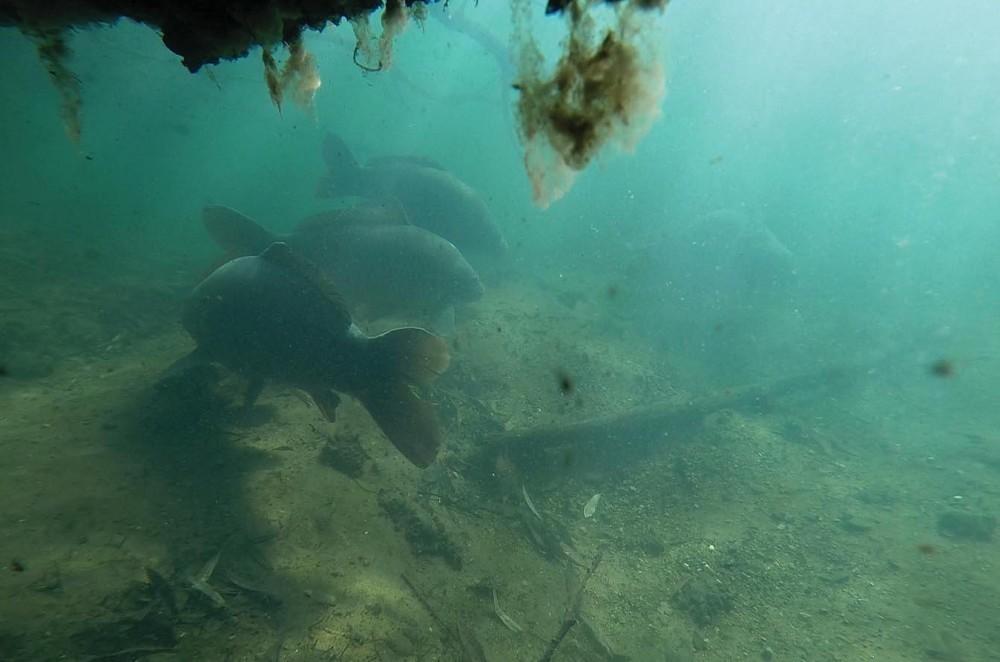
Nighttime Observations
Winter carp tend to reveal their whereabouts more readily during the night. Keep an eye out for late-night shows or bubbling, as these could indicate feeding spots for the following day. Arriving at the lake around 10 PM and setting an alarm for 1 AM in case a move is necessary can give you an edge.
Commit to the Challenge
Consider winter carp fishing as a campaign. Be prepared to observe, adapt, and put in the effort, regardless of conditions. Winter fishing can be productive in various weather scenarios, as long as the lake isn’t entirely frozen. Even if you’re not catching regularly, every session is an opportunity to introduce some bait and gather valuable insights.
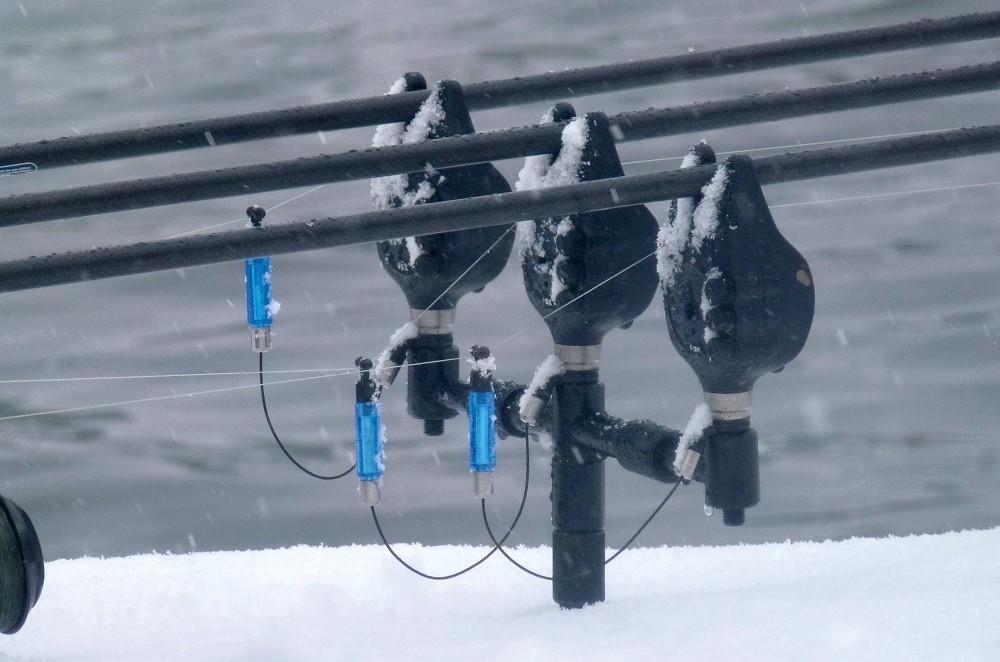
Timing Is Everything
Carp may only feed during a short window each day in winter. Figuring out this feeding opportunity is critical. Arriving at the lake just before this feeding window and having your rods in position can be the difference between success and a blank. Familiarise yourself with the lake and the carp’s behaviour during the winter months.
Winter Carp Fishing – Baiting
Bait Selection
Opt for a bait with a proven track record when winter carp fishing. Many bait companies offer specialised boilies designed for colder months. Exploring bait company websites or checking out social media can give you insights into which baits are performing well in winter conditions. There are baits that carp will feed on throughout the year, like Cell, which maintains its effectiveness regardless of the season. When selecting a winter bait, prioritise high digestibility, low-temperature attraction, and an open texture. Avoid baits with excessive oil content, especially those that solidify in cold temperatures. Using a boilie that passes through their system quickly can be more beneficial than one that lingers for days.
After November 1st, consider switching from fishmeal-type boilies to more natural baits like maggots or quick-breakdown boilies. You don’t need an excessive amount of maggots; a few pints per day are often sufficient to tempt bites. A pop-up maggot rig in conjunction with a PVA mesh bag is a winning tactic in winter. Single hookbaits with bright pop-ups can be effective, especially when casting at showing fish.
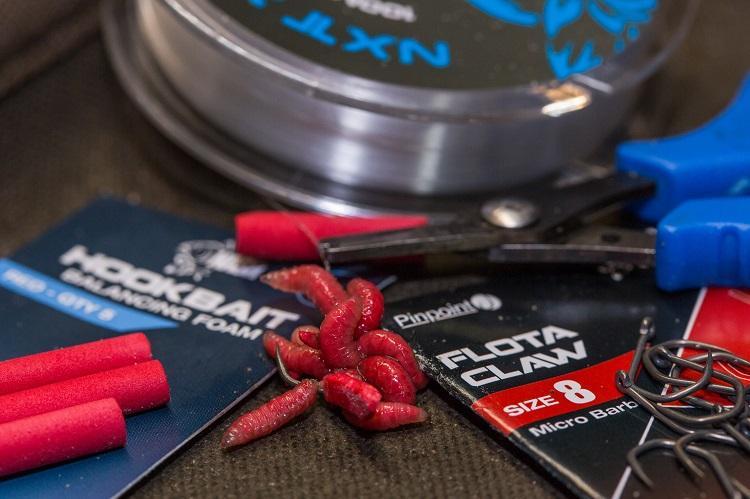
Selective Baiting
While bait is essential, consider a more cautious approach. Carp feed less in the cold, so when you manage to tempt them to eat, make sure there’s a hook in the bait. Many winter fish are caught on single hookbaits. While bait is crucial for winter carp fishing, refrain from fishing heavily over it. Disperse freebies widely, aiming to make each boilie seem like a single one. This helps acclimate the fish to picking up individual baits. Food baits and high-attract baits both work well, so using a combination can be fruitful. Once a hookbait gets a pickup, switch two of the three rods to the same approach.
Winter Carp Fishing – Rigs and Distances
Ring the Changes at Different Ranges
When fishing blind without any signs, try varying the range of your rods. Spread them out to cover more water. Once a pattern emerges, adjust all your rods accordingly. Experiment with different hook baits and presentation methods. Sometimes, one unconventional choice can be the key to success.
Experiment by fishing at a greater distance
Winter conditions often necessitate fishing at greater distances, and winds can be more substantial. Using larger leads can help maintain accuracy and stability in these conditions. It’s crucial to choose the right lead size for the prevailing weather.
Spare Baited Rigs
To maximise bite times, consider keeping a spare, baited rig ready to go. This can save valuable time after a capture or when recasting, ensuring your bait remains in the water for longer periods. The key is to capitalise on any opportunity for a bite.
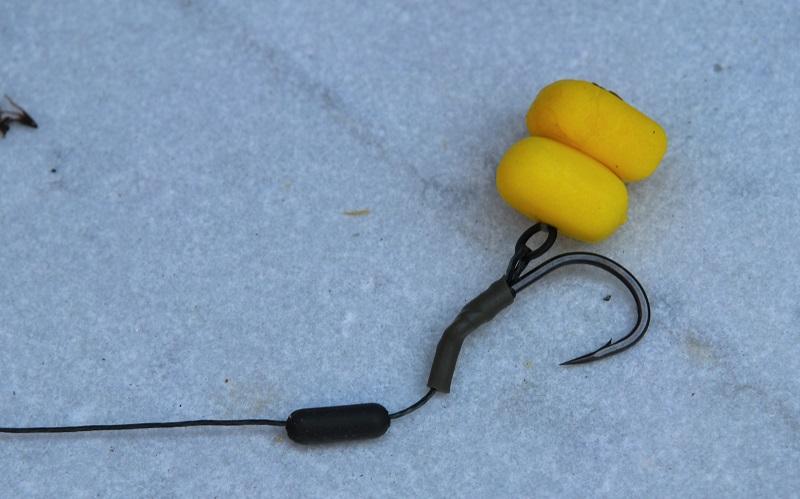
Refine Your Rigs
In winter, refine your rigs and downsize your setups. Consider using smaller hooks (e.g., size 8), fluorocarbon mainlines, and lighter hooklink materials (e.g., 15lb). As the water becomes clearer in winter, it’s essential to hide your rig effectively. Opt for lead sizes that match your casting needs, avoiding unnecessarily heavy leads.
Stiff Hook Links
Consider using stiffer hook links. With less weed growth, the lakebed is more conducive to this type of presentation, especially in deeper areas. Stiff hook links can make it harder for lethargic winter carp to eject the bait. Materials like Gardner’s Stiff Ultra Skin, when appropriately steamed, provide rigidity that carp find challenging to deal with. Use a figure-of-eight loop knot at the swivel end to allow movement in the rig.
Winter Carp Fishing – Staying warm
Always Be Prepared
Carry a box of spares, which should include extra gas for your stove, a spare stove, additional water, tea, coffee, a change of clothes, terminal tackle, spare batteries for head torches, and bivvy lights. Having a well-stocked spares box is essential in the winter.
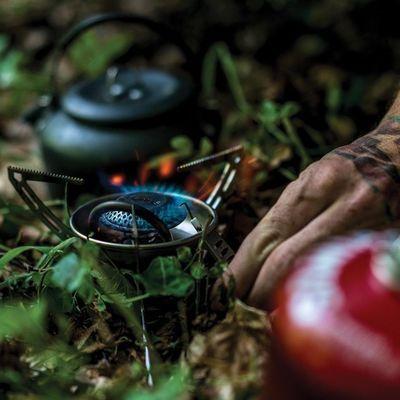
Stay Cosy
There’s no need to endure the cold or wet while on the bank. Layering is essential, starting with a base layer and adding more as needed. Remember, it’s easier to remove a layer when you’re too warm and add one when you’re too cold. In this day and age, modern carp fishing bivvies, often equipped with overwraps, can help retain warmth and reduce condensation. Use the groundsheet provided, and consider a 5-season sleeping bag for a comfortable night’s sleep.
Carry plenty of hot drinks and food. A good stove, kettle, and cookware allow you to brew tea or coffee and prepare warm meals. A hot cup of tea and a sandwich can work wonders for your spirits on a cold day.
Winter carp fishing offers a unique experience and a chance to enjoy some quiet time on the bank. With the right approach and preparations, you can make the most of this serene season.